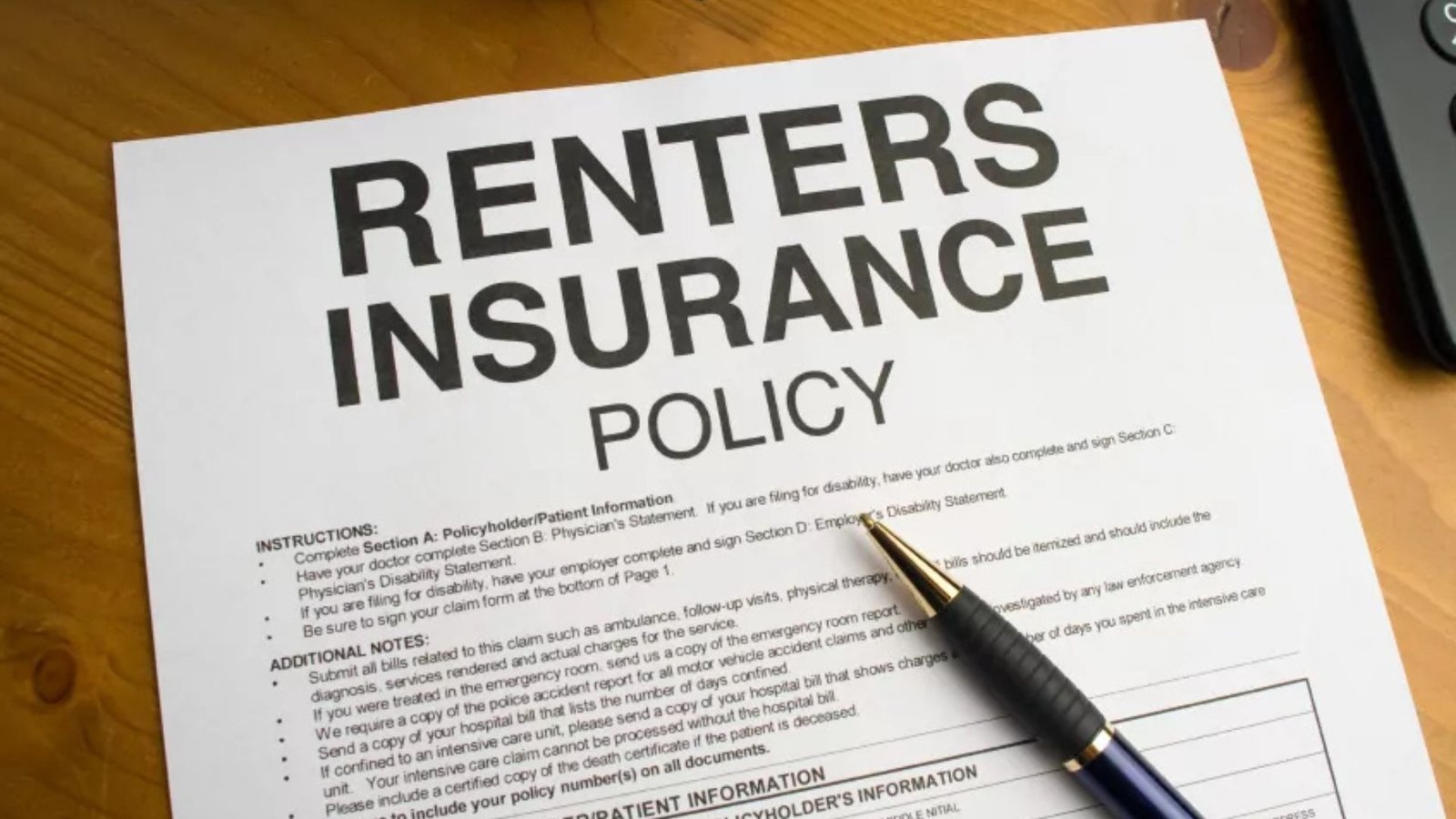Choosing the right home insurance is crucial for protecting your home, belongings, and peace of mind. Whether you are a first-time homeowner or looking to switch policies, understanding your options and what to consider will help you make an informed decision. In this article, we will explore the key steps to help you choose the right home insurance for your needs.

1. Understand What Home Insurance Covers
Before selecting a home insurance policy, it’s important to know what type of coverage you need. A standard home insurance policy typically includes:
- Dwelling Coverage: This covers damage to your home’s structure, such as walls, roof, and floors, from perils like fire, storms, or vandalism.
- Personal Property Coverage: This covers your belongings, such as furniture, electronics, and clothing, if they are damaged or stolen.
- Liability Protection: This covers injuries or damage to others’ property that happen on your property.
- Additional Living Expenses (ALE): If your home is uninhabitable due to a covered event, this covers temporary living expenses like hotel stays and meals.
Understanding what is included in a home insurance policy will help you choose the best coverage for your specific needs.
2. Assess Your Home’s Value and Coverage Needs
It’s essential to assess the value of your home and belongings to make sure you choose a policy with the right amount of coverage. This means calculating:
- Home Replacement Value: This is the cost to rebuild your home from the ground up in case of major damage. You’ll want enough dwelling coverage to cover this cost, not just the market value of your home.
- Personal Property Value: Take an inventory of your belongings to determine their value. This will help you decide if you need additional personal property coverage.
- Liability Coverage: Depending on the size of your property and how much exposure you have to potential lawsuits (such as hosting events), you may want higher liability limits.
You want to ensure that your policy provides adequate coverage to fully protect your home and belongings.
3. Compare Different Insurance Providers
Not all insurance companies offer the same level of coverage or customer service. It’s a good idea to compare policies from different insurers to find one that suits your needs and budget. When comparing home insurance providers, look at:
- Coverage Options: Check if the provider offers all the coverage types you need. Some insurers offer extra protections like flood insurance or earthquake coverage.
- Customer Service: Research customer reviews and ratings to ensure the insurer has a reputation for good customer service and handling claims efficiently.
- Cost of Premiums: While premiums should not be the only factor, compare pricing among different providers to ensure you are getting a good deal. Remember that the cheapest policy may not always offer the best coverage.
Getting quotes from several providers will help you find the right balance of cost and coverage.
4. Review Policy Deductibles and Limits
Your deductible is the amount you must pay out of pocket before your insurance kicks in. Generally, a higher deductible can lower your monthly premiums, but it also means you will pay more in the event of a claim.
When choosing your deductible, consider how much you can afford to pay upfront in case of damage. Also, check the coverage limits for different areas of your policy to make sure they align with your needs. For example, if you have valuable items, you may want to increase the limit for personal property coverage.
5. Look for Discounts
Many insurance companies offer discounts that can help lower your premium. Some common discounts include:
- Multi-policy Discount: If you bundle your home and auto insurance with the same company, you may qualify for a discount.
- Security System Discount: Homes with security systems or smart devices, like smoke detectors or cameras, may receive a discount.
- Claims-Free Discount: If you have a history of not making claims, some insurers will reward you with lower rates.
- New Home Discount: Some insurers offer discounts for homes that are newly built or recently renovated.
Ask your insurer about available discounts to help save money on your policy.
6. Check for Exclusions
It’s important to understand the exclusions or things that are not covered by your policy. Some common exclusions in home insurance policies are:
- Flood Damage: Most standard policies do not cover flood damage, so you may need to purchase separate flood insurance.
- Earthquake Damage: Similar to floods, earthquake damage is often excluded unless you add additional coverage.
- Negligence: If damage occurs because of neglect (such as not maintaining your roof or plumbing), it may not be covered.
Before committing to a policy, make sure you fully understand what is and isn’t covered, so you can avoid surprises later.
7. Read the Fine Print
Home insurance policies can be filled with legal jargon and complex terms, so it’s important to carefully read the fine print before signing anything. Pay attention to:
- Coverage Limits: Be sure you are aware of the maximum amounts your policy will pay out for different types of claims.
- Claim Process: Understand how to file a claim and what documentation is needed.
- Exclusions: As mentioned earlier, check for any exclusions that could leave you without coverage for certain types of damage.
Reading the policy carefully ensures there are no misunderstandings when it comes time to use it.
8. Work with an Insurance Agent
If you’re unsure about which policy is best for you, consider working with an insurance agent. An agent can help you assess your needs, explain your options, and guide you through the selection process. They can also help you find discounts and recommend the best coverage options for your home.
Conclusion
Choosing the right home insurance is essential for protecting your property, belongings, and financial well-being. By understanding your coverage needs, comparing insurance providers, and looking for discounts, you can find a policy that provides solid protection at an affordable price. Don’t forget to review your policy periodically to ensure it still meets your needs, especially after major life events like renovations, purchases, or relocations.











